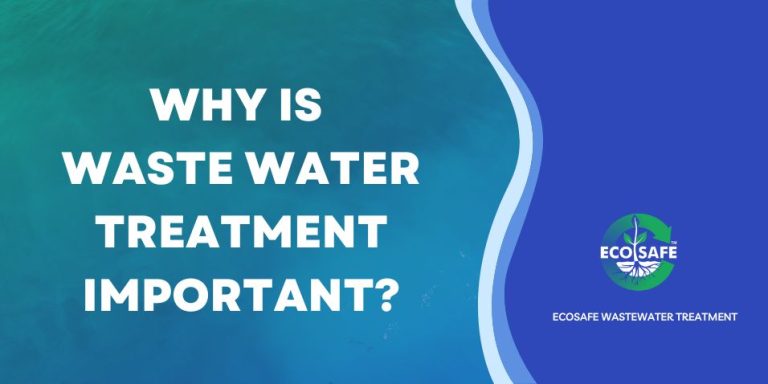Reclaim Waste for Beginners
Table of ContentsIndicators on Reclaim Waste You Need To KnowReclaim Waste Things To Know Before You Get ThisReclaim Waste Things To Know Before You Get ThisRumored Buzz on Reclaim WasteNot known Details About Reclaim Waste
Residential sewer waste refers to the waste and products from a domestic septic tank. The proper administration and disposal of domestic sewage waste require fluid waste to be transferred to a sewage therapy plant where the proper techniques and devices are used to cleanse and dispose of waste.
Business waste frequently includes potential risks, such as combustible products or a mix of liquid and strong waste products, and calls for an extra sophisticated and in-depth disposal procedure. The disposal of commercial waste generally involves the filtration of waste prior to transportation to guarantee risk-free and correct disposal. Industrial waste is produced from byproducts and drainage of commercial processes and manufacturing.
This type of waste can not make use of the very same sewage management transport or processes as septic or commercial liquids. The hazardous waste administration procedure requires the inspection and screening of liquid waste prior to it goes through the disposal process (liquid waste removal). Drainage waste is the fluid waste that comes from runoff and excess stormwater in extremely populated areas or cities
Drainage waste can cause contamination and flooding if not managed appropriately. Making sure proper waste administration can stop catastrophes and lower environmental harm.
Reclaim Waste for Beginners
Contact PROS Services today to discover our waste management and disposal services and the proper ways to care for the liquid waste you generate.
(http://peterjackson.mee.nu/where_i_work#c2441)
This supposed 'wastewater' is not only an essential resource but, after therapy, will certainly be released to our land, waterways or the ocean. Used water from bathrooms, showers, baths, cooking area sinks, laundries and commercial processes is understood as wastewater.

water utilized to cool equipment or clean plant and tools). Stormwater, a form of wastewater, is overflow that streams from agricultural and urban locations such as roofing systems, parks, yards, roads, courses and rain gutters right into stormwater drains pipes, after rainfall. Stormwater flows unattended straight to neighborhood creeks or rivers, ultimately reaching the ocean.
Reclaim Waste - An Overview
In Queensland, the majority of wastewater is dealt with at sewage treatment plants. Wastewater is moved from domestic or industrial sites through a system of sewers and pump terminals, recognized as sewage reticulation, to a sewer treatment plant. Neighborhood federal governments develop, preserve and operate most sewer therapy plants. Operators are certified under the Environmental Security Act 1994 to release cured wastewater at an acceptable environmental standard into rivers.
The Department of Natural Resources encourages city governments regarding managing, operating and keeping sewage systems and treatment plants. In unsewered areas, city governments may require householders to set over at this website up private or household sewer treatment systems to deal with residential wastewater from commodes, kitchen areas, bathrooms and laundries. The Division of Natural Resources authorizes using house systems when they are confirmed to be effective.
In some brand-new communities, treatment of some stormwater to eliminate trash, sand and crushed rock has actually started utilizing gross toxin traps. Wastewater treatment happens in 4 stages: Eliminates solid matter.
Wastewater after that streams right into big storage tanks where solids work out and are removed as sludge. Oil and scum are skimmed from the surface. Makes use of tiny living microorganisms called micro-organisms to break down and remove remaining dissolved wastes and fine fragments. Micro-organisms and wastes are included in the sludge. Removes nitrogen and phosphorus nutrients that can trigger algal flowers in our waterways and threaten aquatic life.
Excitement About Reclaim Waste
Nutrient elimination is not offered in all sewer treatment plants since it requires expensive specialist tools. It is becoming a lot more usual in Queensland. Clear liquid effluent generated after therapy might still include disease-causing micro-organisms. If this effluent is released into waterways such as rivers or the sea, the micro-organisms will ultimately pass away out.

Most wastewater moves right into the sewage system. Under the Act, local governments carry out approvals and licences for eco appropriate activities (Periods) entailing wastewater releases that might have a local influence.
Rumored Buzz on Reclaim Waste
Surveillance supplies valid details about water top quality and can confirm that licence conditions are being fulfilled. The info gotten with tracking supplies the basis for making water top quality decisions.
 Mr. T Then & Now!
Mr. T Then & Now! Jeremy Miller Then & Now!
Jeremy Miller Then & Now! Earvin Johnson III Then & Now!
Earvin Johnson III Then & Now! Tina Majorino Then & Now!
Tina Majorino Then & Now! Mary Beth McDonough Then & Now!
Mary Beth McDonough Then & Now!